The transition to electric vehicles has saved 3.6 billion litres of fuel in the US, with a third of that saved in 2018 alone, new figures from the US Department of Energy have shown.
With more than 1.2 million light plug-in (PHEV) and battery electric vehicles (BEV) now sold in the US alone, amounting to 25 billion miles (40 billion kilometres) driven by PHEVs and BEVs since 2010, fuel consumption by light vehicles has been reduced by 0.23 per cent, the report says.
Instead, 2.8 terawatt-hours of electricity were used by PHEVs and BEVs to drive 8.6 billion miles (13.8 billion km) in 2018, with 42 gigawatt-hours of li-ion batteries installed in electric vehicles sold in the US in total.
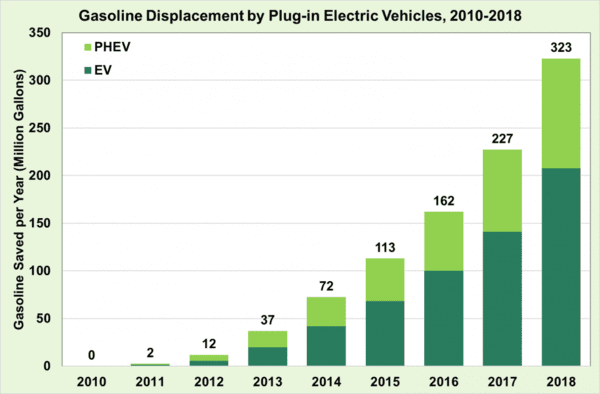
Source: Argonne National Laboratory, Assessment of Light-Duty Plug-In Electric Vehicles in the United States, 2010–2018, ANL/ESD-19/2, March 2019.
Electric vehicles are still more efficient, even when powered by coal-sourced electricity. But even so, the source of that electricity may bear consideration.
While the mix of energy resources in the US changes from state to state, the amount of energy sourced from zero or low emissions sources overall is around 40 per cent, according to the US Energy Information Administration (EIA).
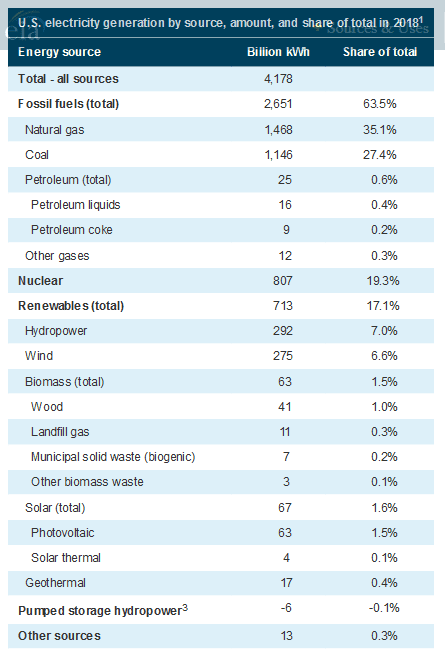
It is important to note that more than half of all electric vehicles sales in the US have come from the western state of California, where almost 600,000 EVs and PHEVs are on the road, according to Sacramento-based EV advocacy firm Veloz.
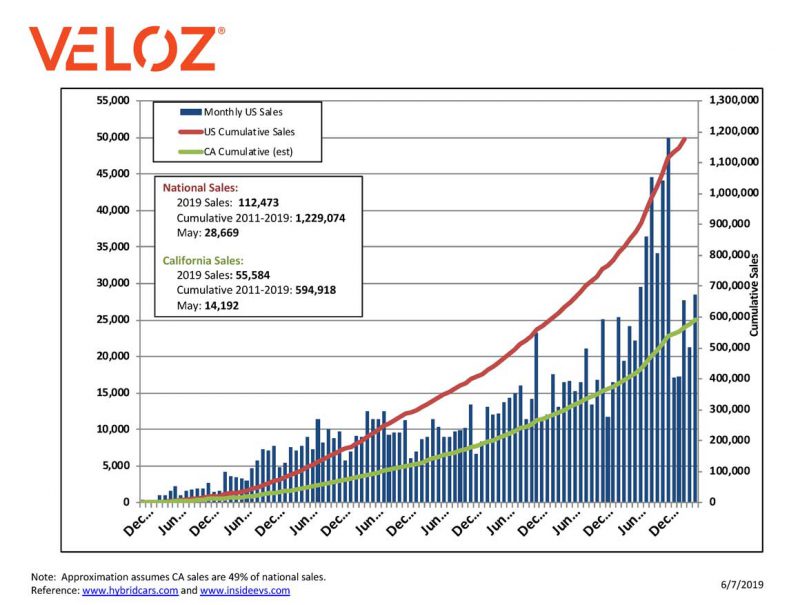
In California, 40 per cent of electricity generation is consumed by the transport sector, according to the EIA using data from 2017 – making it the biggest consumer of electricity.
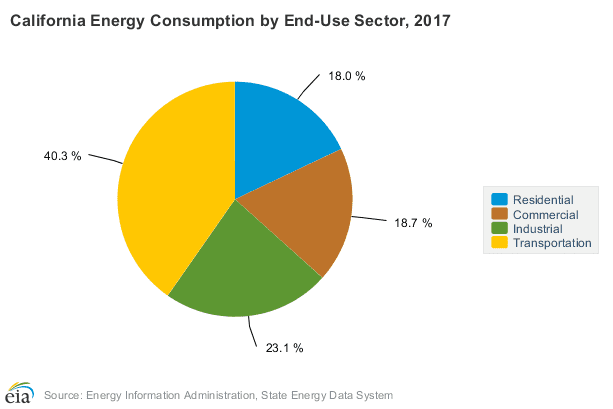
While production of power in California by coal and petrol-fired sources is practically non-existent, there is still considerable energy generation from natural gas, while low and zero emissions sources such as nuclear, hydroelectric and renewables play an important role.
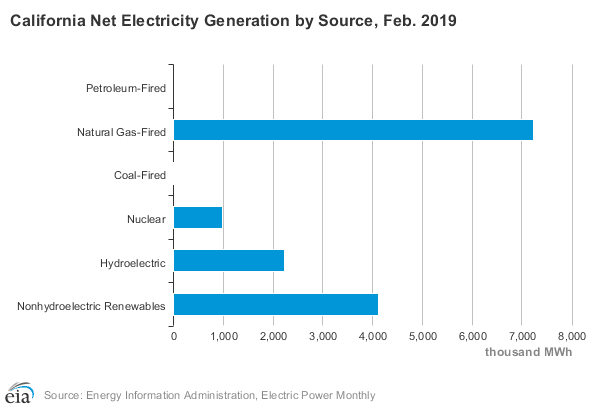
As the number of electric vehicle sales on the road in California and throughout the US increase, the fuel savings and demand for electricity will only continue to grow.
Another report from the US Department of Energy showed that in the US, PHEVs and BEVs electricity consumption has doubled in the past two years, 2.85 terawatt-hours in 2018 up from from 1.44 terawatt-hours in 2016.
According to the figures, battery electric vehicles account for 61 per cent of electricity use while the remaining 39 per cent is used by PHEVs.
While the savings in fuel and carbon emissions is indeed a desirable and successful outcome, the increase in electricity generation – particularly a distributed system such as in California where renewable account for a significant amount of power generation – presents its own challenges.

Bridie Schmidt is associate editor for The Driven, sister site of Renew Economy. She has been writing about electric vehicles since 2018, and has a keen interest in the role that zero-emissions transport has to play in sustainability. She has participated in podcasts such as Download This Show with Marc Fennell and Shirtloads of Science with Karl Kruszelnicki and is co-organiser of the Northern Rivers Electric Vehicle Forum. Bridie also owns a Tesla Model Y and has it available for hire on evee.com.au.

